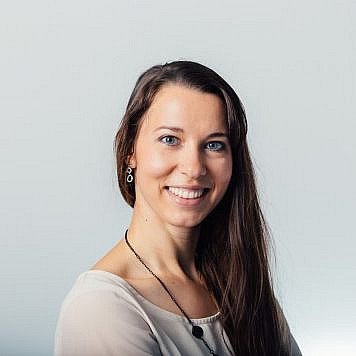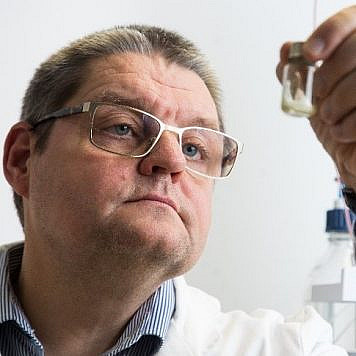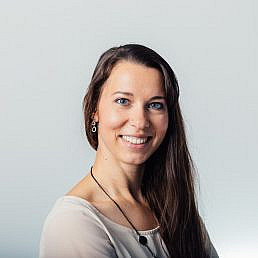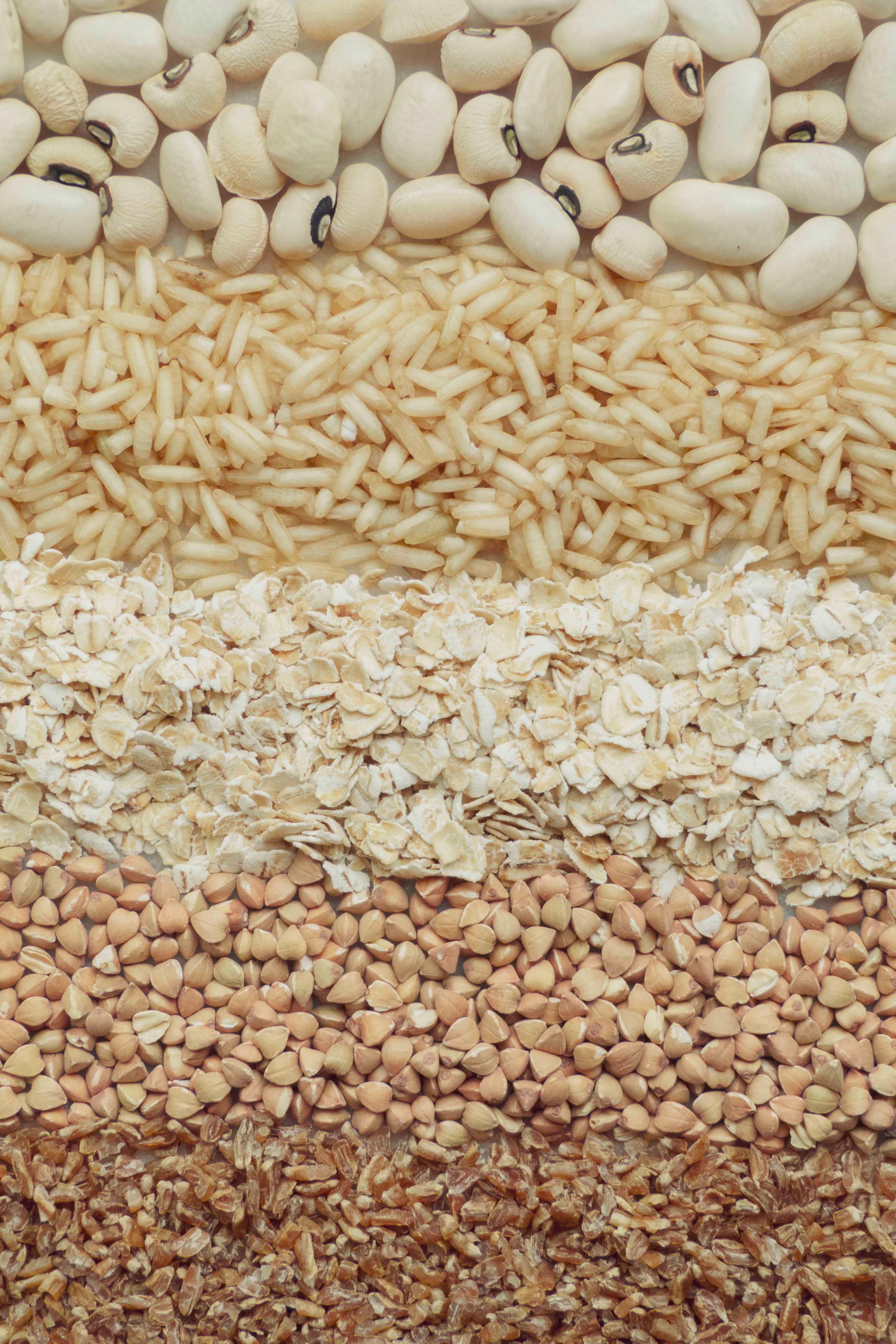Solve food flavor problems in 1 minute
Database that holds more than 400 food off-flavor incidents and solutions
Useful reading
Pepper – its flavors and off-flavors
Considered to be ‘‘The King of Spices’’, pepper (Piper nigrum L) shares a prominent place on most dinner tables next…
Read moreDealing with taints: step-by-step
In the case of a taint complaint, efforts must be made as quickly as possible to determine the scope of the problem to isolate the affected product and to identify the source of the taint.
Read moreHow does it work
There is a flavor issue with your product and you are not sure what is causing it
For example: Burnt hair-like flavor in milk
You seach the database using the description of the problem
Takes 1 MINUTE to find solution to an incident. ALERT-system enables to be up-to-date with new incidents, solutions and methods.
Flavodata finds you what happened or might happen in your food product
For example: It was packaged in transparent plastic. Preventing simply involves protecting the milk from light - keep products far from light bulbs or use “warm white” fluorescent light or yellow shielding.
If you do not find an answer in our database, you can contact our scientists
Kristel Vene has studied food flavour since 2007 in Tallinn University of Technology.
Your most important questions were to be answered
- what happened, where did it happen, why did it happen, and how to prevent it from happening in the future?
Example cases
Prevent mistakes
Find answers if there are problems with your raw material or production
Our pricing
The database is currently on Beta mode and free for first users until we are ready to fully launch. We would really appreciate your feedback concerning the product and information.
Later there will be two separate pricing options
1.
Annual payment of 250 EUR for companies trying to prevent common mistakes
2.
FREE if you contribute incidents to the database
What happens if you do not find the answer you were looking for?
We are scientists with our best knowledge to help you. However, if you cannot find an answer to your taint/off-flavor problem in the database, annual subscription allows you to send your samples to our lab for analysis, for FREE.
Flavodata founders

Kristel Vene, PhD
Kristel Vene has studied food flavor since 2007 in Tallinn University of Technology. Focusing on flavour formation in traditional Estonian foods like kama, rye bread and kvass.
However, her passion towards flavor faults started in 2014 with the very first case of medicinal taint in a pickle brine. It took three months of investigation for a young scientist who had never done such a specific task before.
After that, several off-flavor issues found their way to her lab, and as her experience grew, every task was easier for her to complete than the previous one.
Despite that, the cases were often very different from each other. Once, it was a mouldy off-flavor in dried oregano caused by borneol, if wild oregano were harvested together with cultural ones. A card-board like off-flavor in ice-cream was due to lipid oxidation, etc.
After this, she quickly realized how valuable this information was to the clients, and how much others could learn from them, but only a limited number of people accessed this delicate information.
Then, a dream was born; Flavodata, where only the most important questions were to be answered – what happened, where did it happen, why did it happen, and how to prevent it from happening in the future?

Erich Leitner, PhD
Head of the Institute of Analytical Chemistry and Food Chemistry at the Graz University of Technology
Head of the research group “Food Chemistry and Human Sensory Analysis”
He studied Technical Chemistry and got a PhD in Analytical Chemistry (Organic trace and ultra trace residue analysis)
Habilitation in “Food Chemistry”
Appointment to a professorship “Analytics of Food and Food Contact Material”
Research Focus
Identification of volatile and odor active substances in food and food contact materials. For this purpose, human sensory techniques and ultra-trace analytical methods mainly based on gas chromatography are used. He is interested in multidimensional separation, sample preparation and the development of ultra-trace methods valid for routine analysis also for substances of toxicological concern like mineral oil contamination.
He is key opinion leader for the European Innovation Center of Shimadzu Europe, responsible for the segment of food analysis-
Teaching Activities
Beside a wide range of lectures in analytical chemistry and sensory analysis Prof. Leitner offers several training courses in analytical chemistry (gas chromatography, sample preparation and mass spectroscopy) and sensory analysis for industrial partners.
He is also the co-organizer of the two semester post graduate course “Food Chemistry and Technology” for the food industry.
In addition, he is the initiator and coordinator of the summer school “Food Chemistry and Culinary Art” in cooperation with the Food Science Department of the University of Arkansas
Contact Us
Feel free to contact us using the contact form below.

European Regional Development Fund supported Flavodata OÜ with start-up grant 14980€ for the database and web-page development.

